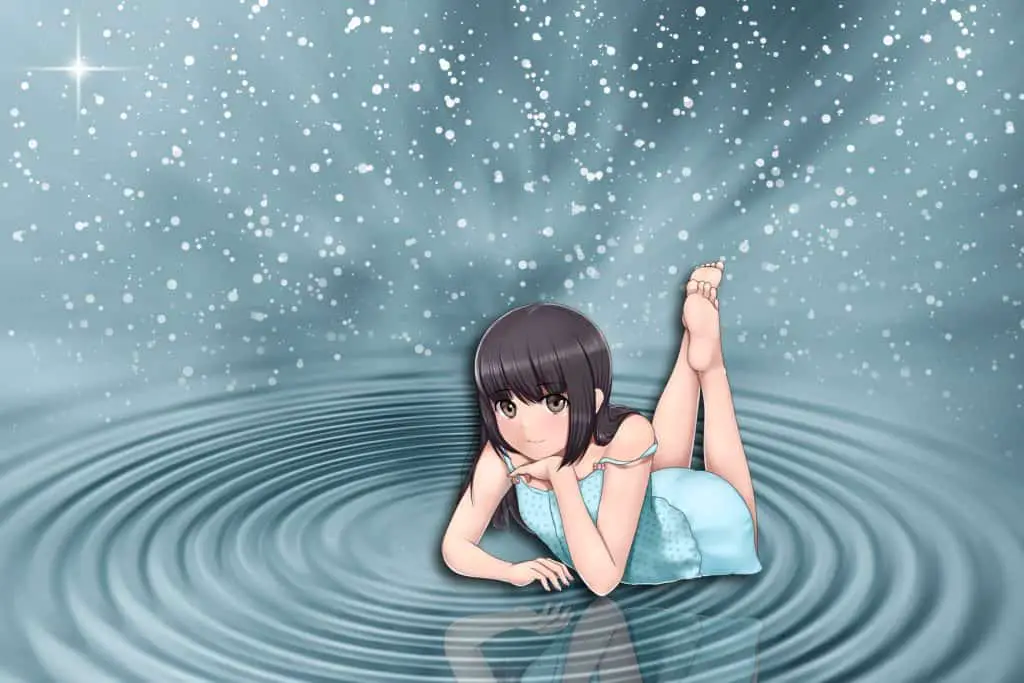Many people are surprised to learn that Japanese doesn’t utilize a single alphabet like English or Spanish. Instead, it has not one, not two, but three different writing systems: Hiragana, Katakana, and Kanji. This unique characteristic can seem complex at first, but each alphabet serves its own special purpose, like having different tools in a toolbox.
Hiragana handles grammatical elements and native words, while Katakana handles foreign words. Kanji, with thousands of logogram characters, represents concepts and words, often of Chinese origin. These three alphabets work together to create a subtle, efficient, and visually captivating writing system.
In the next paragraphs, we’ll see the there Japanese writing systems and what they are used for, their historical background, and the reasons for using them.
The Three Japanese Writing Systems
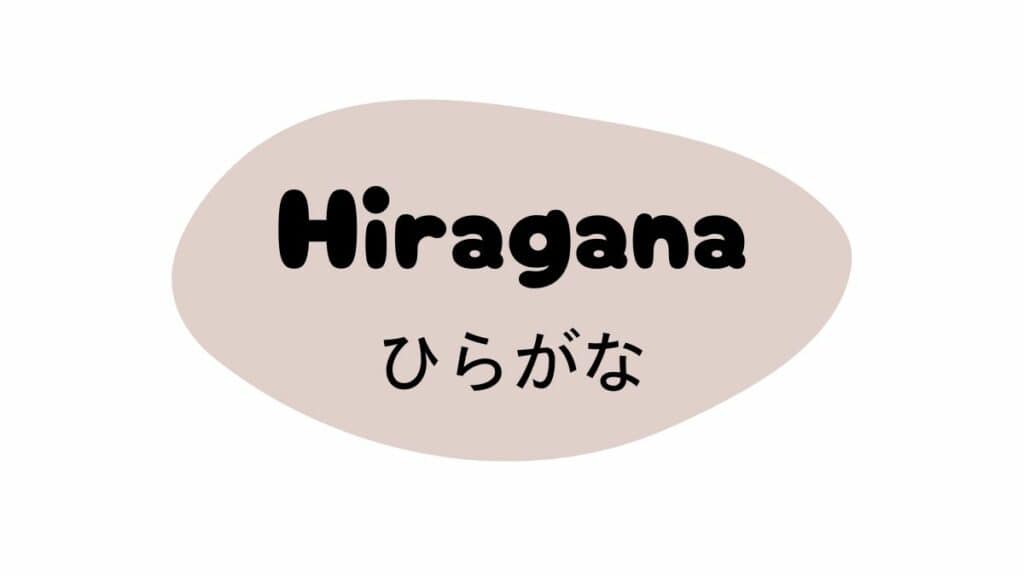
© Ana Costa
It’s important to clarify that Japanese doesn’t use three “alphabets” but rather three distinct writing systems: Hiragana, Katakana, and Kanji. Each serves a unique purpose, contributing to the richness and flexibility of the Japanese language.
Insider tips for your Japan trip. Quick, easy, and free!
I Want This
Hiragana
Hiragana (ひらがな) is one of the foundational alphabets used in Japanese writing. It consists of 46 characters, each representing a distinct syllable and a single sound. It’s known for its rounded and flowing script, making it accessible for beginners learning Japanese. Hiragana is essential for reading and writing basic Japanese sentences and texts.
Originally developed from Chinese characters, hiragana is considered the most basic script and is primarily used for:
- Grammatical elements: Words like particles and verb conjugations are written in hiragana.
- Native Japanese words: Words with no corresponding kanji, like common nouns and verbs, are written in hiragana.
- Names: Most Japanese names use hiragana characters.
Katakana
Similar to hiragana, Katakana (カタカナ) is another essential alphabet in Japanese writing. It also comprises 46 characters, with each representing a syllable and a single sound. Its angular and straight-lined script sets it apart from hiragana, giving it a distinct appearance. However, Katakana is used for different purposes:
Hey, check out these recommendations I have for you!
Before going any further, take a look at some of the recommendations I've handpicked for you. I think these are essential items you should have on your trip to Japan. You can check them out and buy them directly from Amazon.
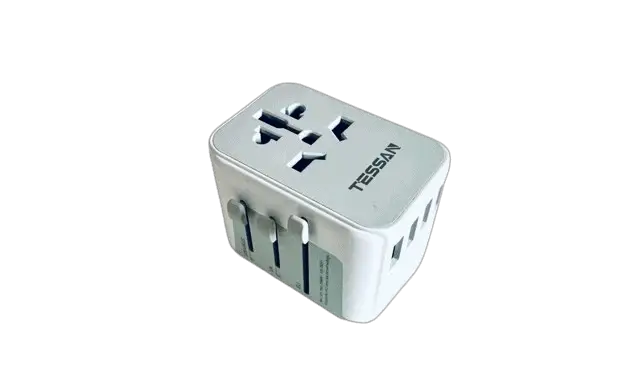
|

|

|
| A universal travel adapter | A 10,000 mAh power bank | A travel adapter and converter |
- Foreign words: Loanwords from other languages, like “アイスクリーム (aisukurimu)” for “ice cream,” are written in katakana.
- Emphasis: Katakana can be used to emphasize a word or phrase, similar to italics in English.
- Onomatopoeia: Sounds like animal noises and other sound effects are typically written in katakana.
Kanji
Kanji (漢字) are logographic characters borrowed from Chinese characters. Unlike hiragana and katakana, which represent syllables, kanji characters represent entire words or concepts. There are thousands of kanji characters in existence, but a set of approximately 2,000 characters, known as the “joyo kanji,” is commonly used in modern Japanese writing.
Kanji is used for:
Get all the cool spots and tips for a fun trip to Japan. It's free!
Get My Japan Guide
- Nouns and verbs: Most nouns and verbs, especially those with Chinese origin, are written in kanji.
- Adding meaning and context: Kanji can convey more information than hiragana or katakana, enriching the text and reducing ambiguity.
The Historical Background
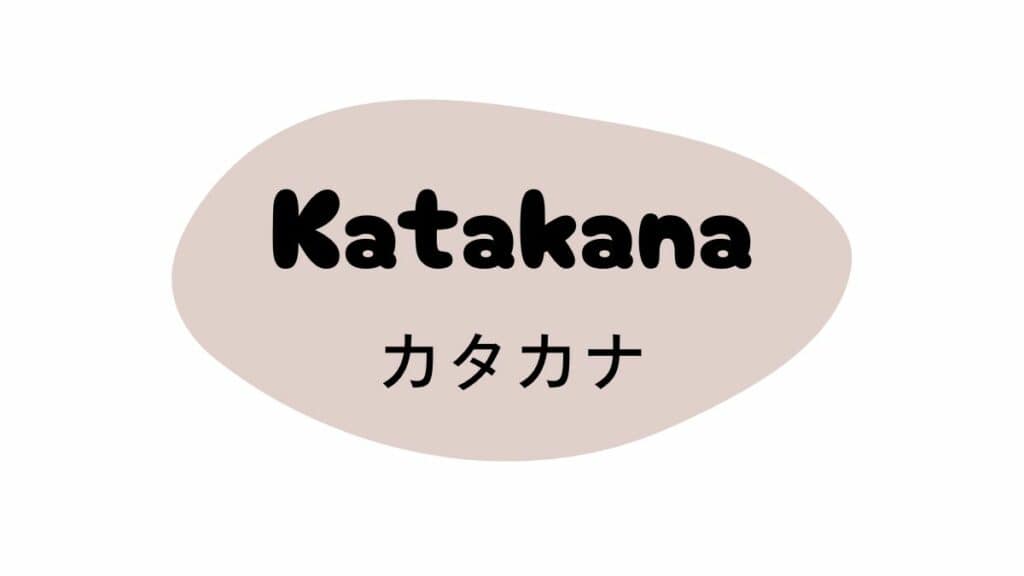
© Ana Costa
The historical development of hiragana, katakana, and kanji reflects Japan’s cultural interactions with neighboring regions, technological advancements, and societal changes over time. These writing systems have evolved and adapted to meet the diverse needs of Japanese communication, contributing to the richness and complexity of the language.
- Hiragana: Emerged in Japan around the 8th century from simplified forms of kanji characters. It provided a way to write native Japanese words that lacked corresponding kanji.
- Katakana: Developed around the same time as hiragana, it was primarily used to represent foreign words, particularly those from Chinese.
- Kanji: Adopted from China centuries ago, kanji played a crucial role in transmitting Chinese culture and knowledge to Japan. It continues to be an essential part of the writing system, offering depth and complexity to written Japanese.
Why Use 3 Writing Systems?
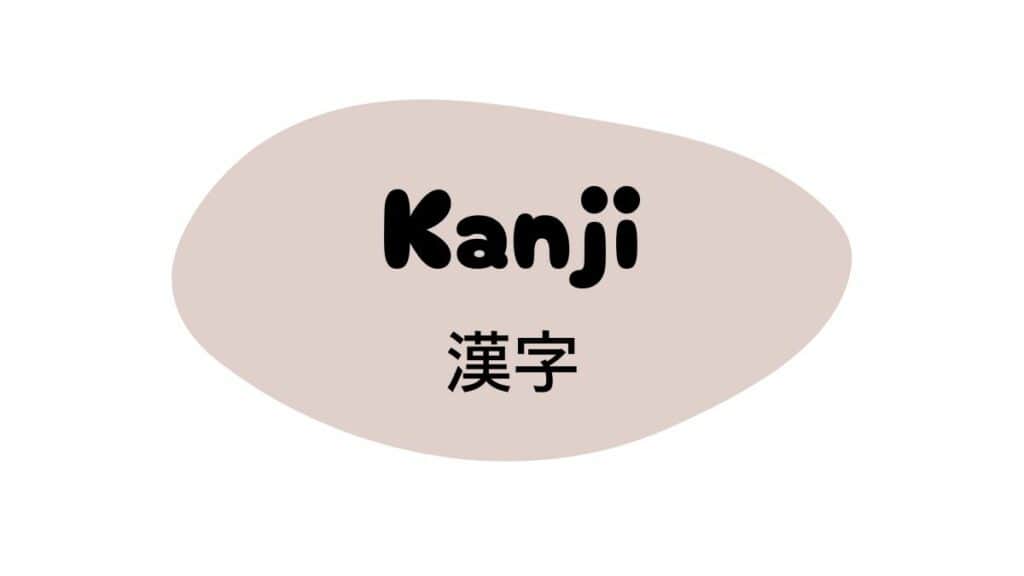
© Ana Costa
While the existence of multiple scripts may seem confusing at first, each serves a specific purpose and contributes to the richness and flexibility of the Japanese language.
- Increased level of expressiveness: The combination of kanji and phonetic scripts allows for precise and nuanced communication. Kanji conveys meaning and context, while hiragana and katakana provide grammatical information and clarity.
- Efficiency and clarity: Hiragana and katakana can be used to write grammatical elements and foreign words, reducing the need for a vast number of kanji characters. By using different alphabets for different purposes, Japanese writing becomes more organized and easier to understand.
- Graphical beauty: The combination of different scripts, with their varying shapes and styles, creates a visually appealing and unique writing system.
- Tradition and Culture: Japanese writing has evolved over the centuries, drawing from various influences and traditions. The use of multiple alphabets reflects the rich history and culture of the Japanese language.
Understanding these reasons behind the existence of three seemingly separate scripts can enhance your appreciation for the Japanese language and its cultural significance. Remember, learning a new language is not just about memorizing characters, but also about exploring the fascinating stories and historical contexts that shaped it.

